Northwestern Polytechnical University Professor Gu Junwei‘s New MXene Leading Journal
QQ Academic Group: 1092348845
Detailed
The rapid development of telecommunications technology and digital systems, while transmitting information to humans, also generates a large number of harmful electromagnetic interference ( EMI ), which not only affects the normal operation of sensitive electronic equipment and systems, but also threatens people‘s health. Developed in recent years carbon-based porous materials (e.g. aerogels, foams and sponges, etc), its unique three-dimensional structure of the carbon skeleton, excellent conductivity, low density, good chemical stability so that it becomes Ideal for lightweight EMI shielding materials. As a basic structural material, wood has been widely used in the fields of energy, catalysis and construction due to its unique and ordered microstructure. In addition, wood is also the main source of carbon-based materials, and has been increasingly used in EMI shielding materials to meet the growing demand for radiation protection. Recently, Gogotsi et al. Discovered a super-conductive and lightweight 2D transition metal carbide ( MXene ) that exhibits superior EMI shielding performance compared to other materials .
Achievements
Recently, Northwestern Polytechnical University of Gu Jun Wei Jiaoshou in Chinese scientific journals Excellence Action Plan leading journal Science Bulletin published entitled "Ultra-light MXene aerogel / wood -derived porous carbon composites with wall-like" Mortar / Brick "structures for electromagnetic interference shielding " Paper. The wood-derived porous carbon ( WC ) skeleton was constructed by high-temperature carbonization of natural wood . Based on the highly ordered internal honeycomb microporous structure template, a highly conductive and lightweight 3D MXene aerogel was prepared to prepare an MXene aerogel / WC composite. The shielding mechanism is described. This work is expected to provide a feasible route for the preparation of lightweight , green, multifunctional bio-carbon-based EMI shielding materials, and apply it to defense and military industries such as aviation and aerospace .
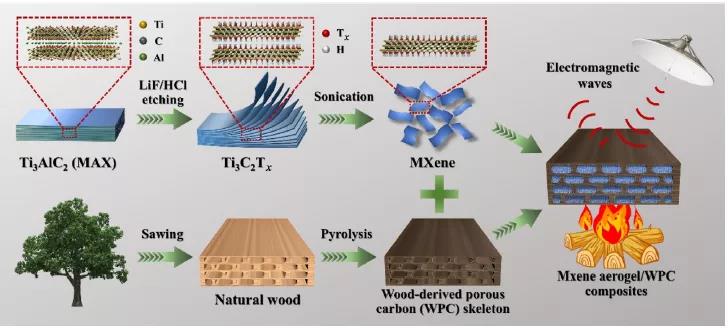
Figure 1 MXene aerogel / WC composite preparation mechanism diagram .
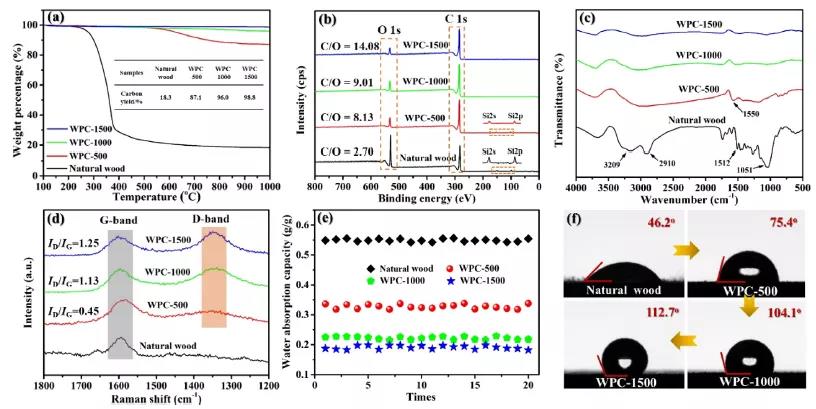
Figure 2 Structure of WC with different carbonization temperatures.
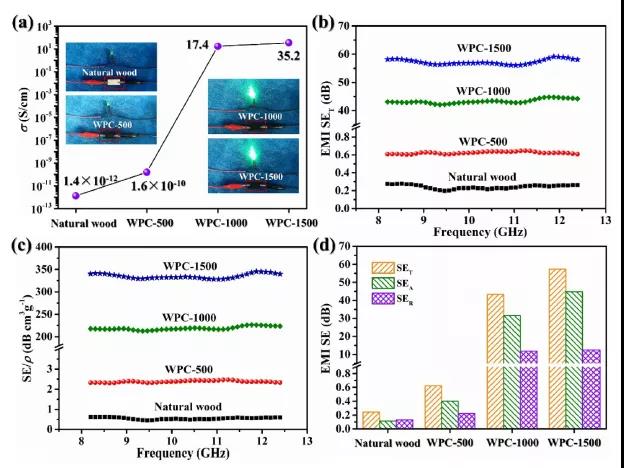
Figure 3 Shielding performance of WC with different carbonization temperatures.
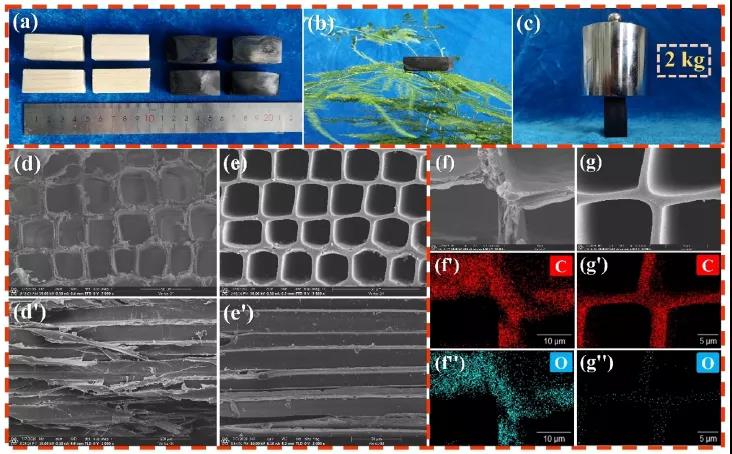
Figure 4 Morphology of WC at different carbonization temperatures.
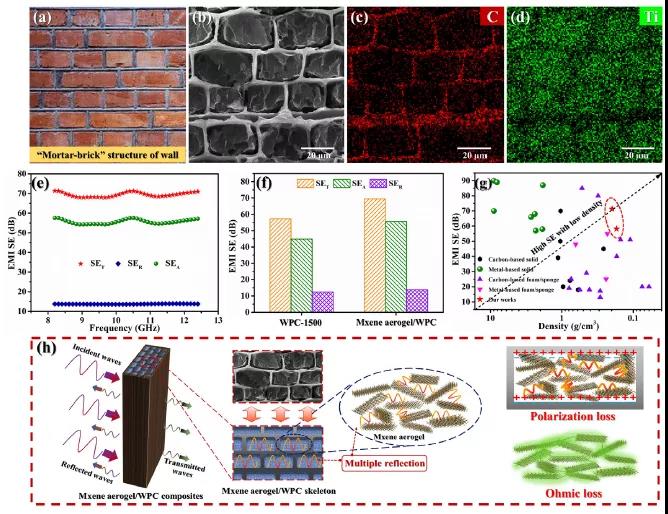
Figure 5 Shielding mechanism of MXene aerogel / WC composites .
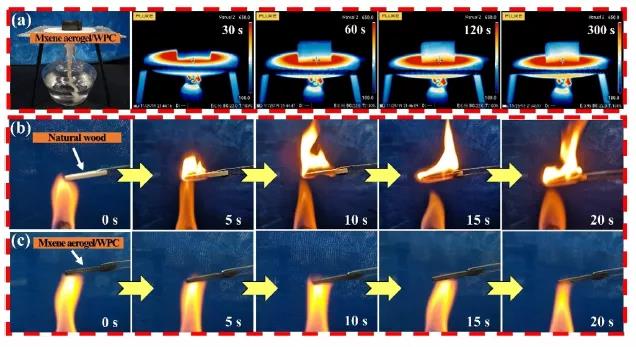
Figure 6 Flame retardancy and thermal insulation performance of MXene aerogel / WC composites .
in conclusion
The results show that higher carbonization temperature is beneficial to the degree of graphitization of natural wood. WC-1500 has a density of 0.171 g / cm 3 , has the highest s ( 35.2 S / cm ) and EMI SE ( 57.3 dB ), and has excellent mechanical properties (enough to support its 80- fold weight) and hydrophobicity. Performance ( 112.7 o contact angle ). The 3D MXene aerogel / WC composite has a EMI shielding effectiveness of 71.3 dB at a density of only 0.197 g / cm 3 . This unique " mortar - brick " structure not only effectively solves the problem of mechanical properties of MXene aerogel, but also greatly prolongs the transmission path of electromagnetic waves and improves the degree of dissipation of incident electromagnetic waves. In addition , MXeneAerogel / WC composites also exhibit good compressive strength, excellent flame retardancy and thermal insulation properties. This research has made new progress in the development of high-performance EMI shielding materials used in the defense and military industries such as aviation and aerospace . .
Original link:
https://www.sciencedirect.com/science/article/pii/S2095927320300712
- Previous: EES: ionic gel-based s
- Next: MXene breakthrough: Na


 mxene academic
mxene academic
